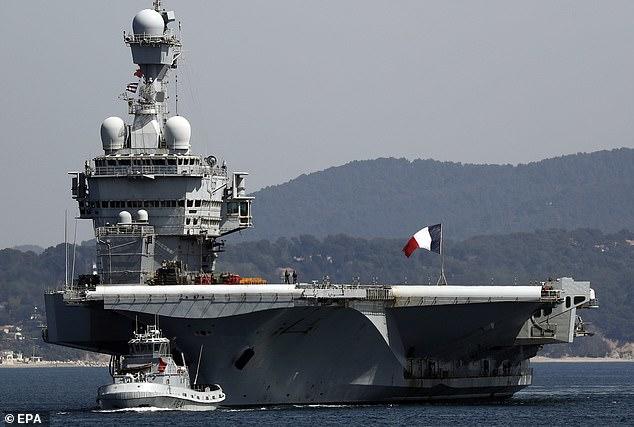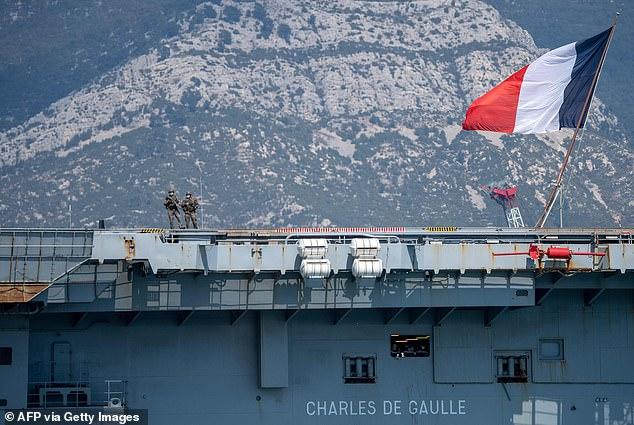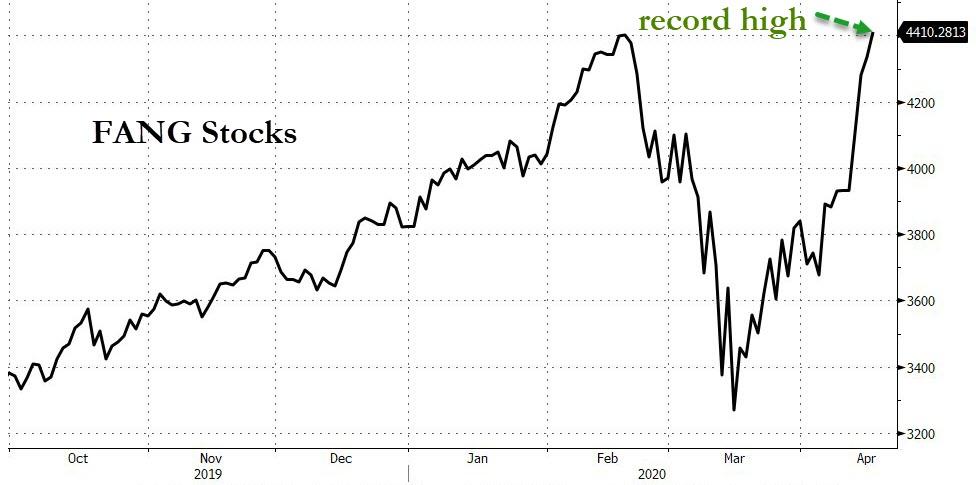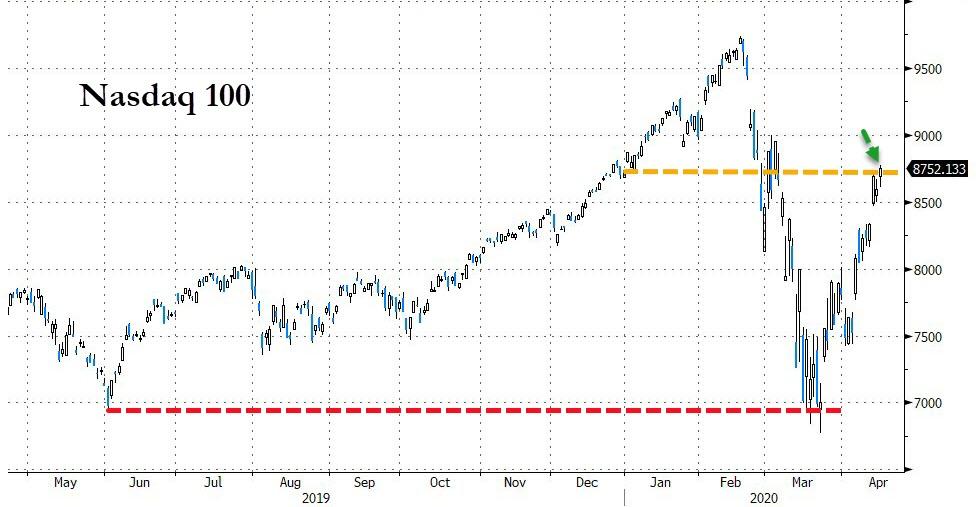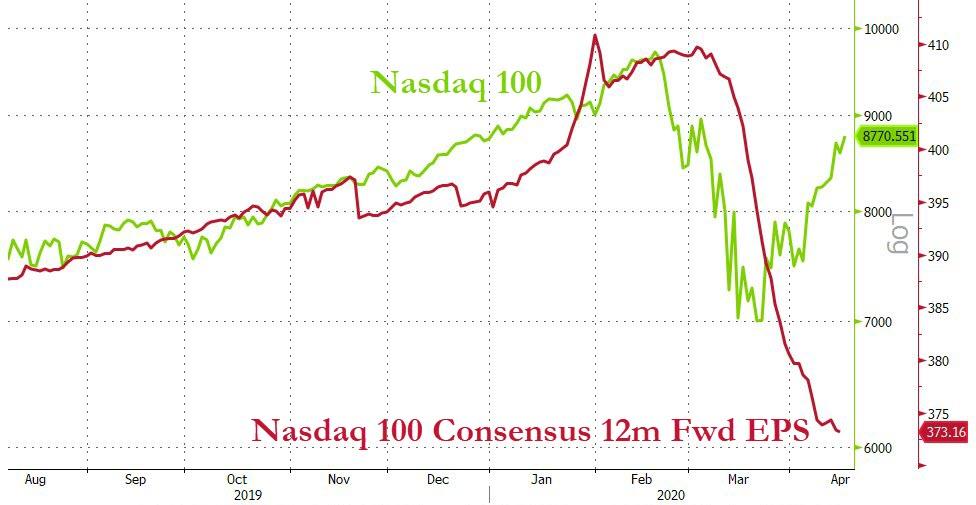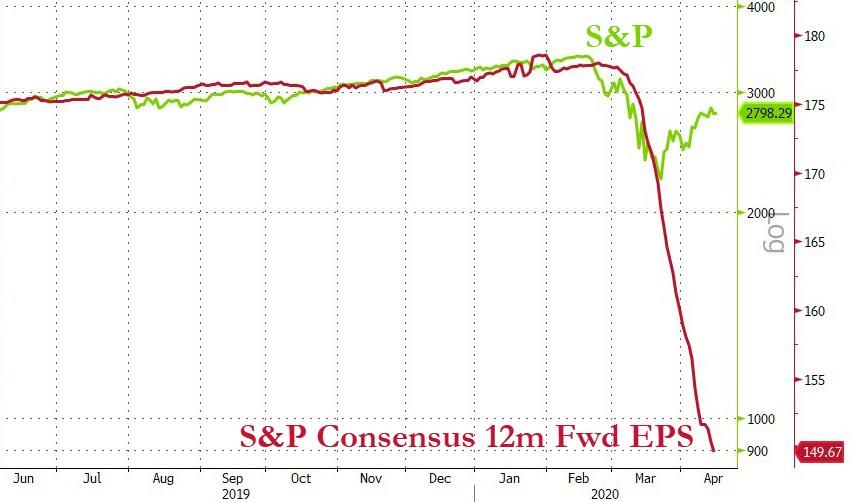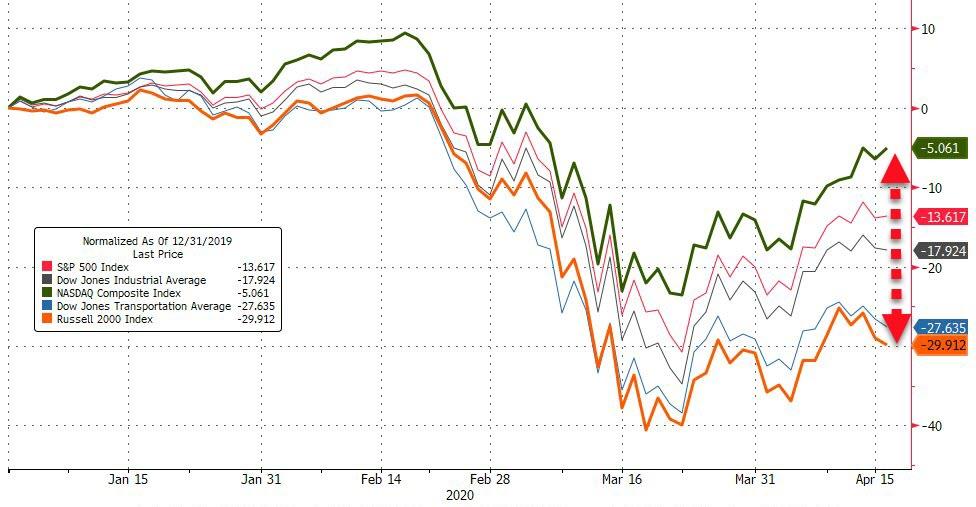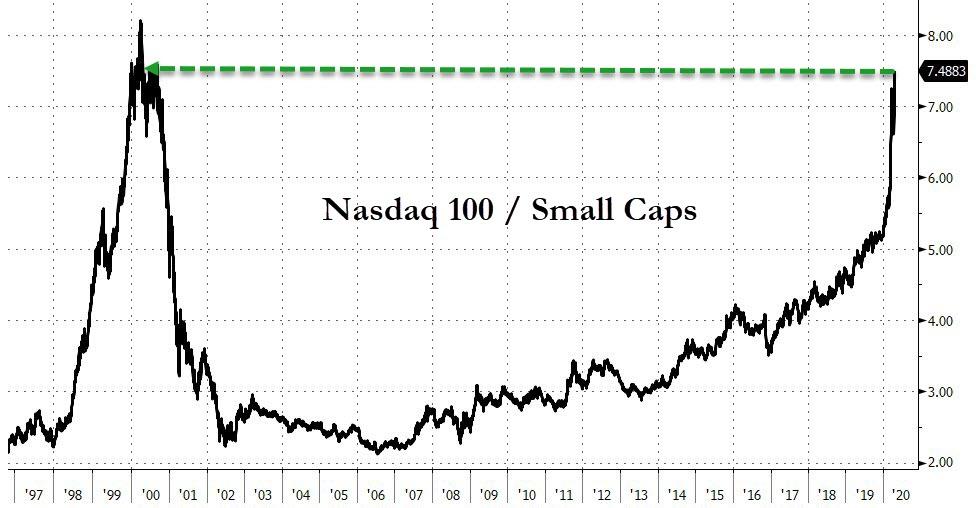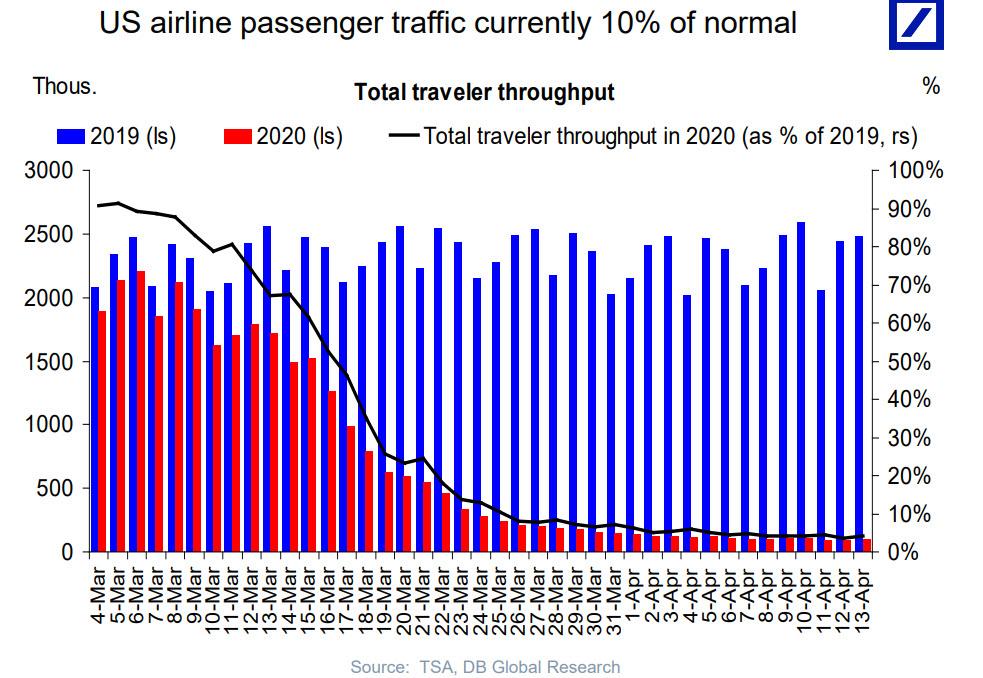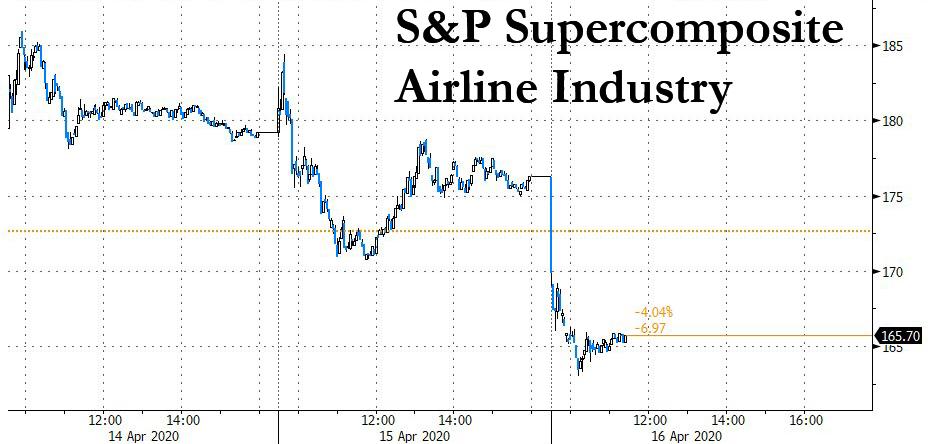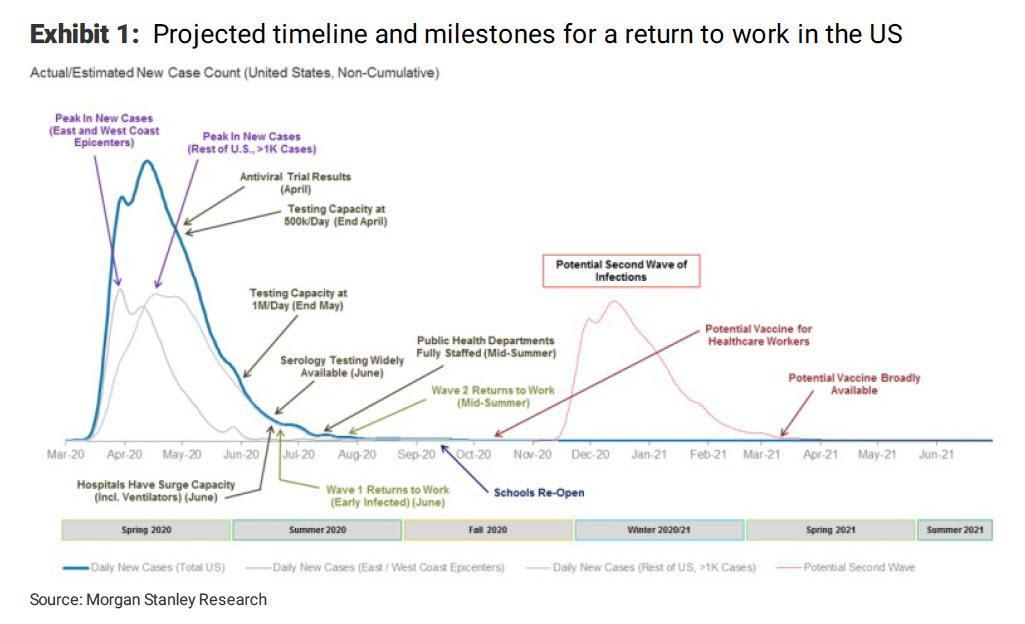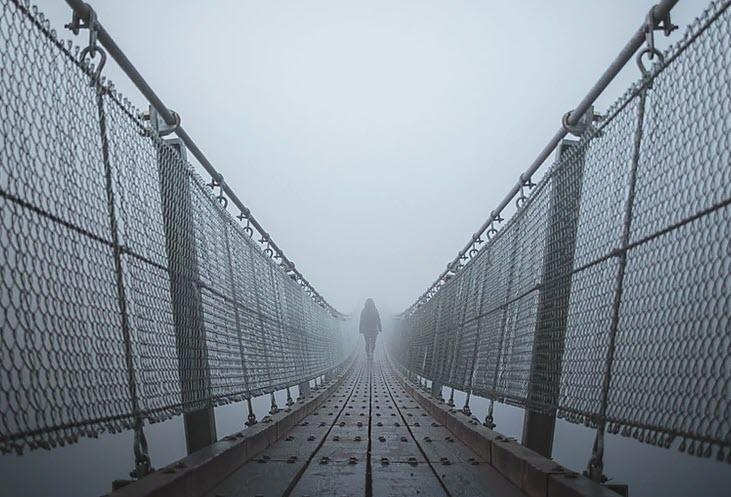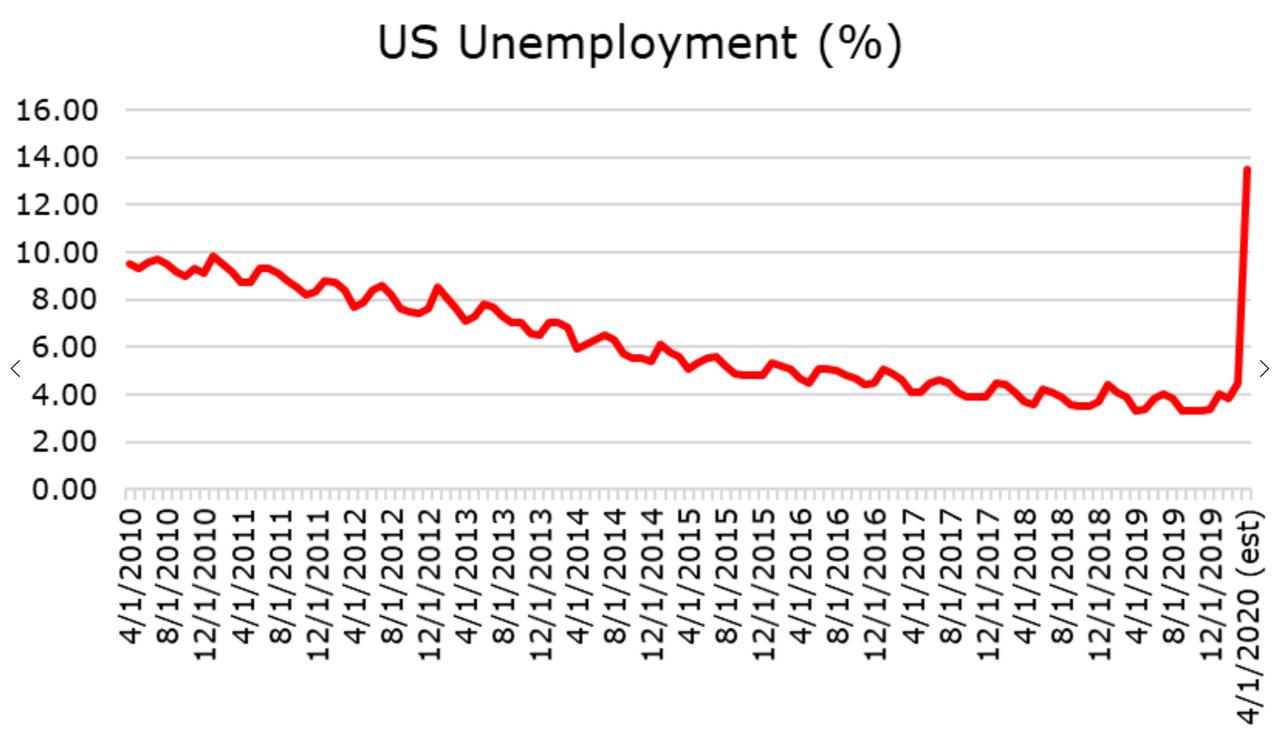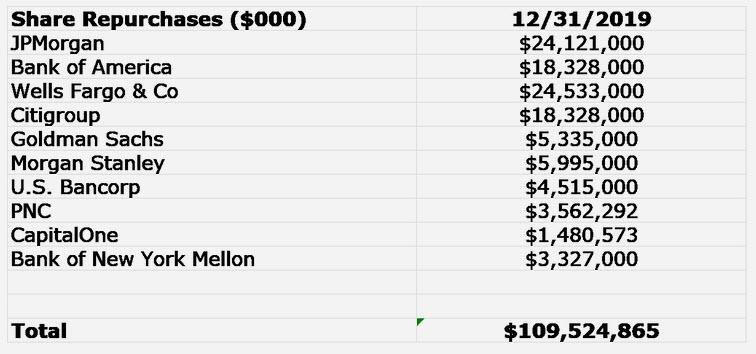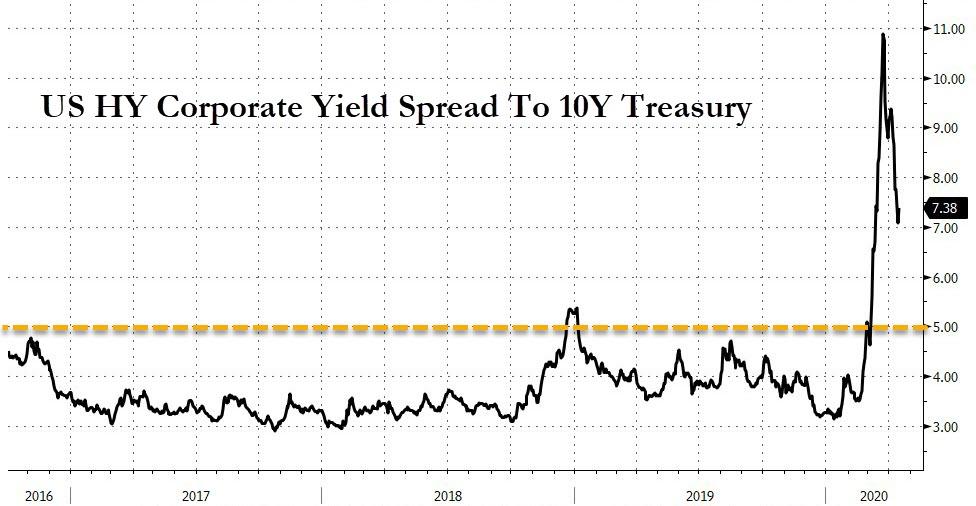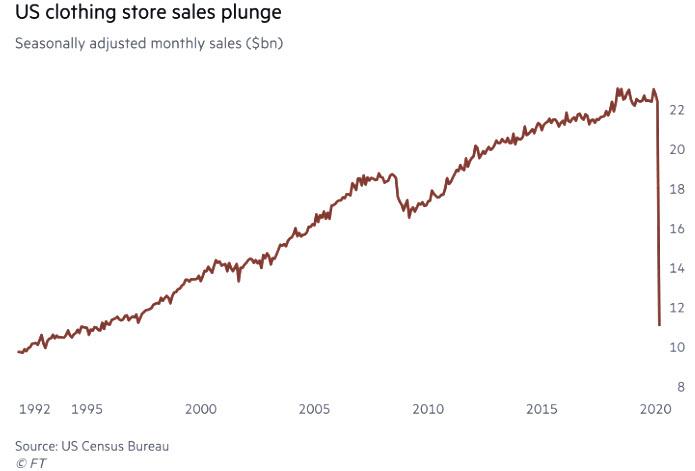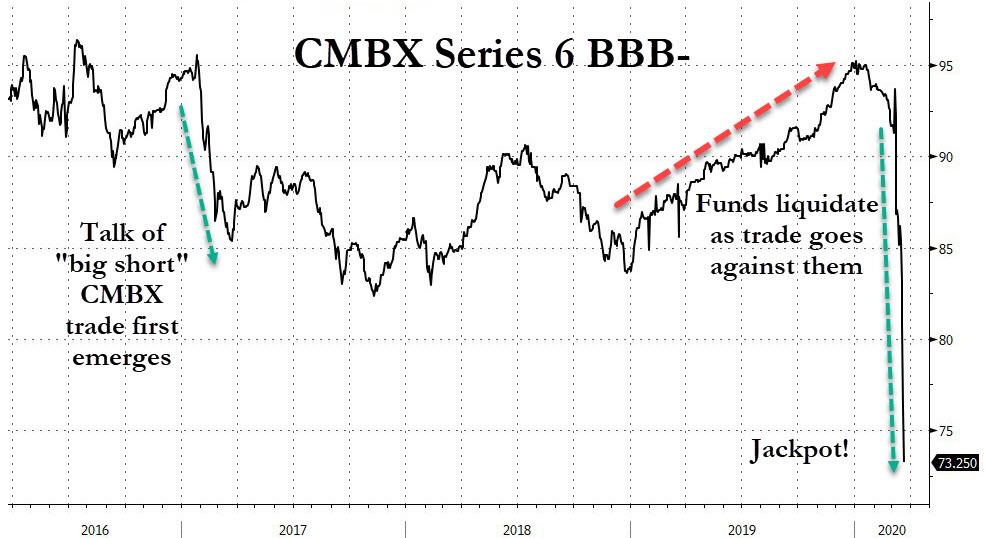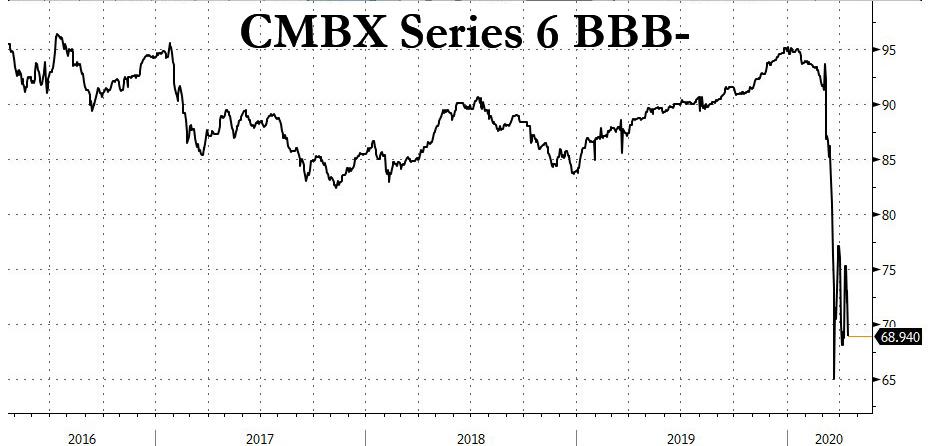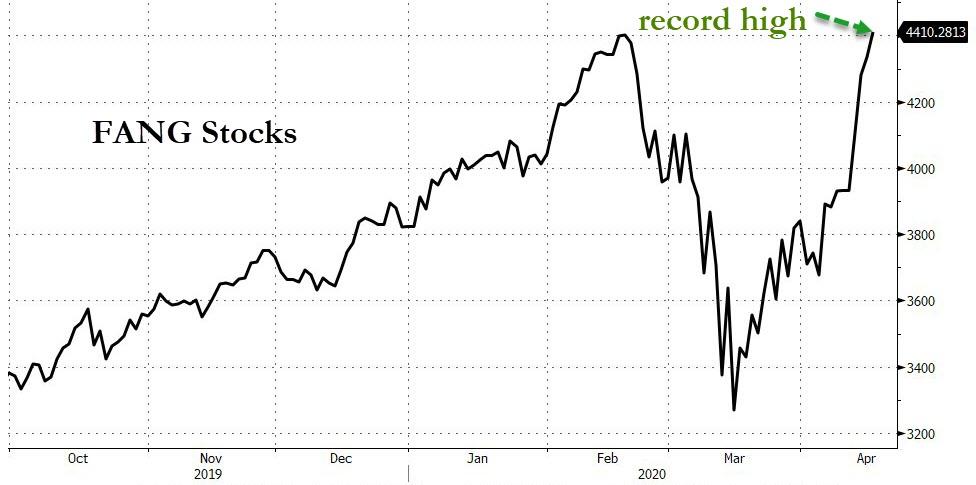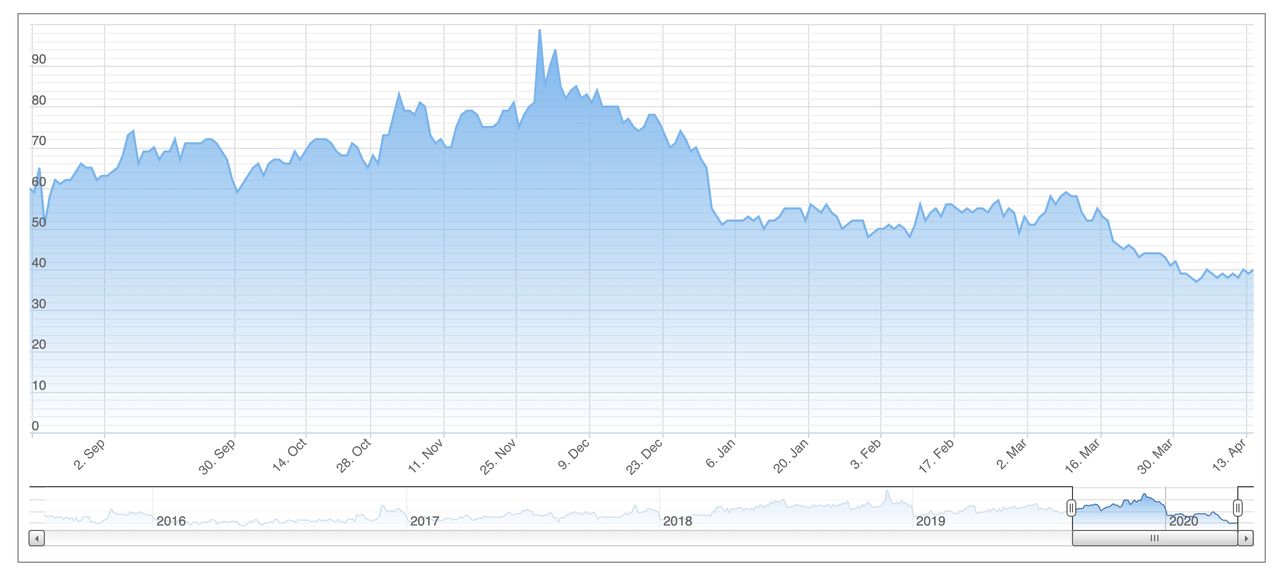Up To $3.4 Billion In Stimulus Money Could Go To Dead People
Who knows how many untold millions of dollars out of the massive $2.2 trillion CARES Act will be sent to dead people? We did the math below.
It is happening. As Republican Congressman from Kentucky Thomas Massie — who it must be recalled was a ‘lone voice in the wilderness’ seeking to torpedo the bill as it added to the national debt and increased Federal Reserve secrecy and power, among other things — ranted on Twitter Wednesday just as some 80 million Americans received their direct deposits: “Ok this is insane, but just the tip of the iceberg.”
Ok this is insane, but just the tip of the iceberg. This is a direct text to me from a friend. I called to confirm this actually just happened. pic.twitter.com/GBRPcmYMXW
— Thomas Massie (@RepThomasMassie) April 15, 2020
Rep. Massie said he later confirmed “this actually just happened” — stimulus checks are going out to deceased people.
Likely more such stories will inundate the media in the coming days and weeks as more unprecedented federal ‘helicopter money’ is simply booted out the door… who knows where it lands.
Massie followed up by saying the unnamed deceased man’s estate did file his taxes for 2018 following his death. Further, it’s common in such instances of the recently departed that a joint bank account be held in the name of living and non-living people.
As a separate report documenting instances of dead Americans receiving checks indicates: “Actually, stimulus checks are being cut (or money is being deposited into recipient accounts) based on who filed 2019 taxes. And if taxes haven’t yet been filed for last year (the new deadline isn’t until July 15), the Treasury is using 2018 returns.”
“Obviously, that has the potential to expand the pool of deceased Americans who stand to benefit from the law,” the report concludes.
Dead people are getting stimulus checks, and their relatives have no clue what to do https://t.co/tF699I3hxR
— The Sacramento Bee (@sacbee_news) April 15, 2020
This certainly isn’t the first time this has happened, but the coronavirus stimulus is unprecedented and massive on a scale before unseen. In 2017 for example, at least 72,000 deceased citizens received checks under Obama’s long-term economic stimulus program.
Hundreds of people on social media have shared stories of receiving payments for relatives who passed away in 2018 or 2019.
In 2009, more than 89,000 stimulus payments went to people who were either dead or in prison. — FOX affiliate/AP
But consider this: the CDC estimates that just over 2.8 million Americans died in 2017 (the last year data is currently available) – which suggests the possibility that all totaled almost $3.4 billion in stimulus money could go to dead people (assuming each got a check for $1,200 and that their family estates filed taxes).
And this figure doesn’t even account for 2018 through early 2020 deaths.
Deceased people are receiving stimulus checks today.
My grandmother passed away in 2018 — and $1,200 was deposited in her bank account today. pic.twitter.com/XkhyiGxBgj
— Scott Gustin (@ScottGustin) April 15, 2020
One would assume the US Treasury could have run some minimal data filter programs and attempt to ensure it’s not cutting checks for hundreds of thousands if not millions of deceased Americans, but it’s likely even this minimal protocol was overlooked in the rush to print money and rapidly shovel it to hundreds of millions of Americans.
Tyler Durden
Thu, 04/16/2020 – 12:40
via ZeroHedge News https://ift.tt/2RIzop7 Tyler Durden


